
Writer’s profile
Mao Goto is a Japanese freelancer who was born in Hayama, Kanagawa prefecture, and raised in Tokyo. Since 2016 she lives in the Taito Ward, home to a lot of Japanese culture hotspots such as Asakusa, Akihabara, and Ueno. She has been interested in the field of English education in Japan and got her Master’s degree in March 2020. A lover of photography, travel, sweets, and cross-stitch. Contact her via Facebook.
This post may contain some affiliate links. When you click through and make a purchase we may receive some commission, at no extra cost to you.
In Japan, New Year’s Eve is an important holiday to celebrate the end of the year and prepare for the New Year. As it is an extremely big holiday, various different events are held on this day every year. Here we introduce some typical ways to spend New Year’s Eve in Japan along with the most popular countdown events that you don’t want to miss in Tokyo!
1. Join Countdown Events and Parties
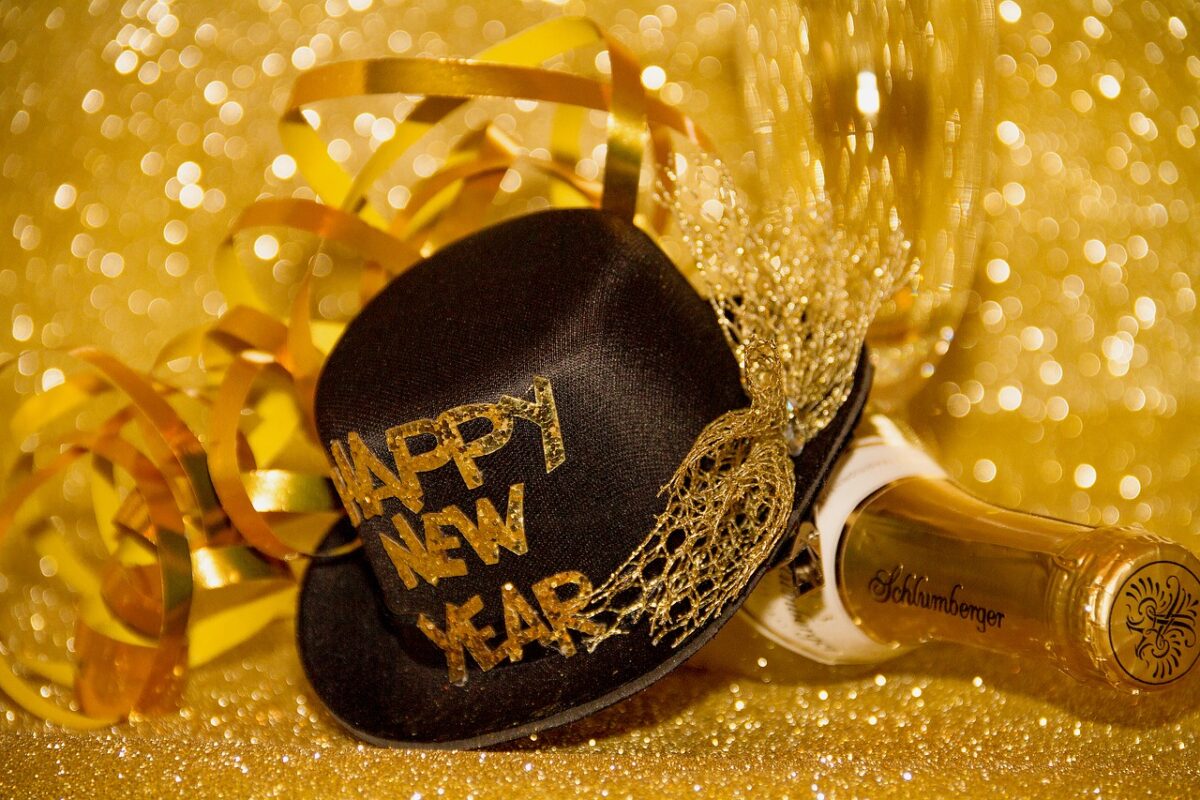

A lot has changed since the Covid virus affected the world, and unfortunately large group gatherings are still making a comeback. nonetheless, New Years is still one of Japan’s biggest, if not the biggest celebrations of the year! some events and traditions may still have not returned since before the pandemic, but there are certainly some that will allow you to enjoy your new year in Tokyo no problem!
There’s a good variety of different events and parties to check out, whether it’s at clubs, temples, or outdoor areas for viewing fireworks. We’ll get into some of the more specific locations and events later! However if being out and about is not really your thing, there is definitely something to be said about keeping it cozy with some friends and family. Try watching Kouhaku Utagassen, a count down show, or maybe try something different called Tousouchu where people try to escape agents (like in the matrix!) to win money!
2. New Years Sales and Fukubukuro (福袋)
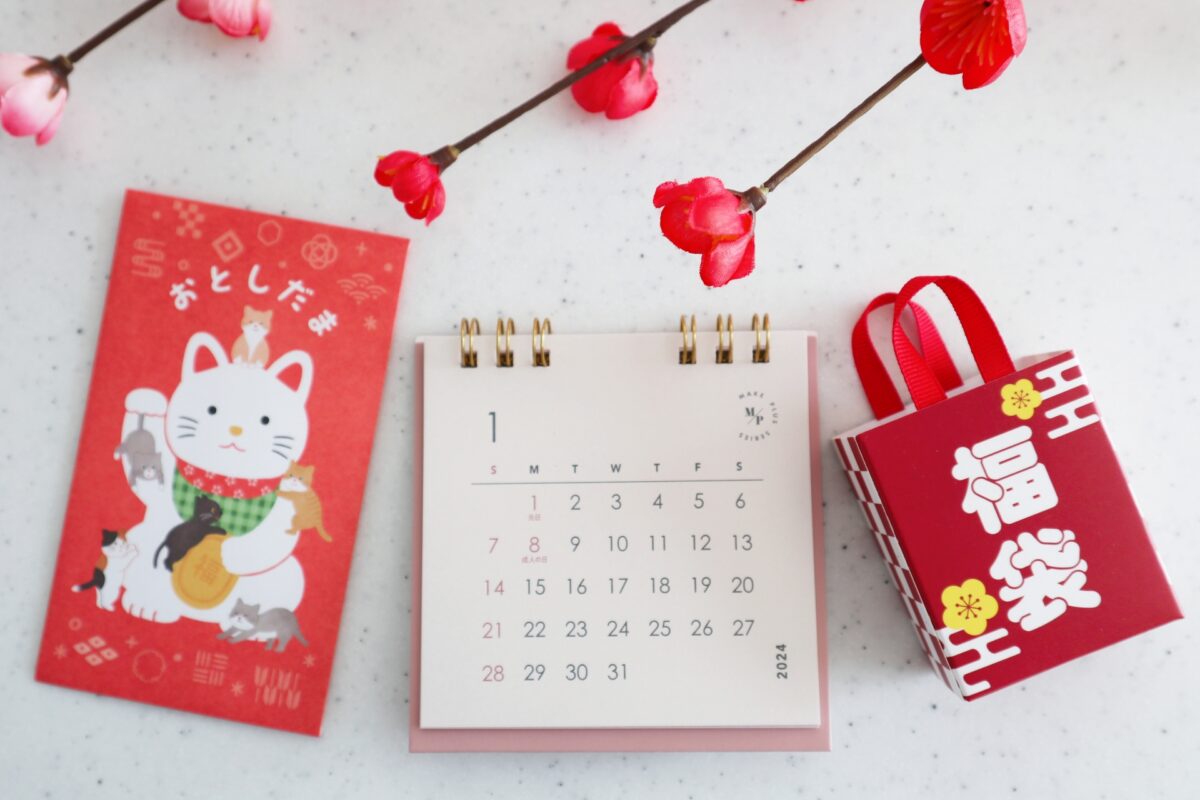

Embrace the excitement of the Japanese New Years Sales also known as Hatsu-uri, an annual shopping experience that captivates locals and visitors alike. Taking place during the first days of January, these sales mark a time when retailers across Tokyo and beyond offer incredible discounts on a wide array of products. The popularity of these sales stems from the tradition of “Fukubukuro” or lucky bags, where shoppers can purchase mystery bags filled with assorted items at a fraction of their original prices. Renowned shopping districts such as Shibuya, Ginza and Harajuku transform into bustling hubs of activity, with department stores, boutiques and specialty shops participating in the fervor. Whether you’re seeking the latest fashion trends, cutting-edge electronics or traditional Japanese crafts, New Years Sales provide a golden opportunity to indulge in fantastic deals and start the year with a dose of retail therapy. Join the spirited crowds and discover the joy of New Years shopping in Tokyo. And make sure to bring a little bit of time and patience!
Best Stores to Shop at, and Where to find them
| Name | Opening hours | First opening day |
| Laforet Harajuku | 11am-8pm | January 1st |
| Sunshine City | 10am-6pm | January 1st |
| Matsuya Asakusa | 10am-7pm | January 1st |
| Solamachi | 10am-9pm | January 1st |
| Daimaru Tokyo | 10am-8pm | January 2nd |
| Nihonbashi Mitsukoshi | 10am-7pm | January 2nd |
| Tokyu Plaza Ginza | 10:30am-8pm | January 2nd |
| Ginza SIX | 10:30am-8:30pm | January 2nd |
| Ginza Mitsukoshi | 10am-7pm | January 2nd |
| Shibuya Hikarie | 11am-9pm | January 2nd |
| Shibuya Scramble Square | 10am-8pm | January 2nd |
| Seibu Ikebukuro | 10am-8pm | January 2nd |
| Shibuya 109 | 10am-9pm | January 2nd |
| Lumine Shinjuku | 10:30am-8:30pm | January 2nd |
| Ueno Marui | 11am-8pm | January 2nd |
| Shinjuku Isetan | 10am-6pm | January 2nd |
| Shibuya PARCO | 10am-9pm | January 3rd |
| Matsuzakaya Ueno | 10am-8pm | January 4th |
3. Celebrate The Year’s End with a Bonenkai Party
If you are working in Japan, you probably know what a Bonenkai Party is, but if not, it can be roughly translated as a “forget the year party.” Coworkers and friends come together to celebrate their hard work over the last year. A bonenkai is meant to be a relaxing and fun time with bottomless drinks and delicious food for everyone. Bonenkai season peaks at the end of December every year, and many companies make reservations for this party at izakaya.


4. Eat Toshikoshi Soba
There is one food that is traditionally eaten on New Year’s Eve all throughout Japan. Soba. There are various reasons for eating Soba on New Year’s Eve, such as the desire to live long like the length of a soba noodle, the hope to steer away bad luck and hardships of the last year and have a good next year because soba noodles are easy to cut, as well as the wish to stay healthy and strong just like soba. The time soba is eaten varies from person to person, but many people eat it at 11:00pm or at dinner time on New Year’s Eve. There are soba noodles eaten in hot Japanese broth or chilled with cold water, and sometimes tempura is eaten with it as a topping. This is an indispensable and of course delicious food eaten on New Year’s Eve in Japan!
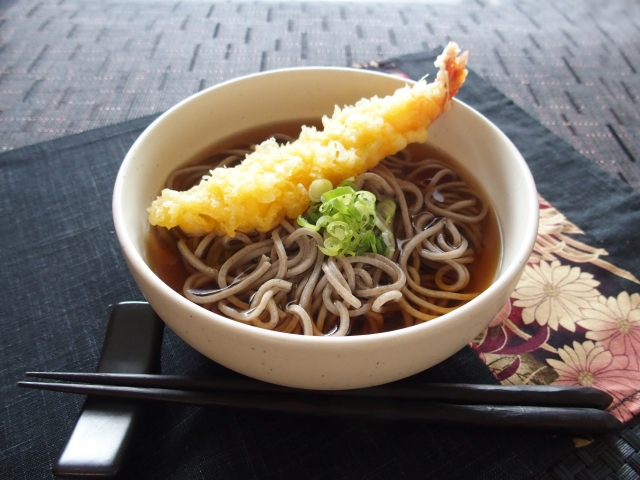

5. Watch New Year’s TV Show: Kohaku Utagassen
There are some go-to TV shows to watch on New Year’s Eve, and Kohaku Utagassen (紅白歌合戦) is one of them, like we mentioned before! NHK, Japan’s public news broadcaster, broadcasts this music TV show every year from 7:30 pm until the very end of the evening.
This event is held at NHK Hall which is located near Yoyogi Park. And you will see many people lining up and trying to get a peak or sound of it from outside. The history of this event dates way back and has been held for over 70 years now. “Kouhaku (紅白)” means red and white, and popular Japanese singers compete with each other in songs and performances, divided into a red team and white team. TV viewers and judges at the venue vote for either the red team or white team and the winner is determined at the end of the show. It is considered a great honor for a singer to be invited to participate in Kouhaku Utagassen, and many Japanese singers dream of once being a part of it. Since it is only held once a year, each singer’s performance is often quite spectacular, involving the use of large stage sets. When New Year’s Eve comes around, the typical way to spend this evening is to watch the Kohaku Utagassen and eat soba noodles with your family.
6. Cleaning The Whole House to Welcome the New Year
After a whole year, dust and dirt inevitably accumulate. By doing a deep clean on New Year’s Eve, we can welcome the New Year with a nice clean and refreshing house. This custom is heavily influenced by Japanese Shintoism, and is said to have originated from a religious belief that Toshigami-sama (年神様) will bring wonderful fortune to your house on New Year’s Day every year, so your house needs to be clean to welcome the god. It varies from person to person, but some people wash their cars, clean the air conditioner unit and remove all the dust from the whole house. Cleaning is a very important part of the New Year’s tradition to welcome New Year’s Day and rest and refresh your home as well as your mind.
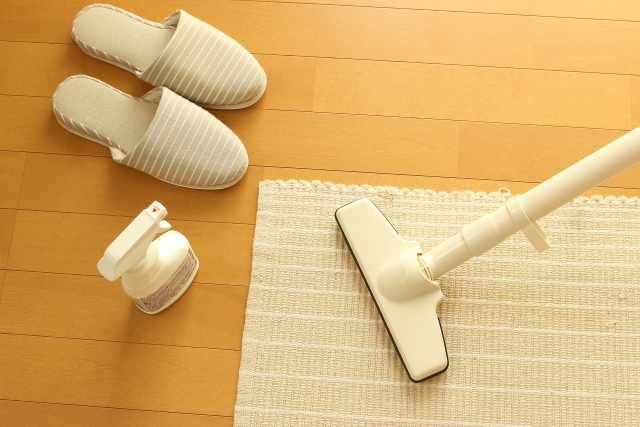

7. Win Big Money?! Try Your Luck With The Year-End Jumbo Lottery
Every year for a month from the end of November, a lottery called “the year-end jumbo lottery” gets extremely popular and many people line up at the lottery booths. Since the lottery results are announced on New Year’s Eve, it is the biggest test for your luck on the last day of the year. Many people dream of getting rich on New Year’s Eve because you can win several hundred million yen if you get lucky and win the first prize!
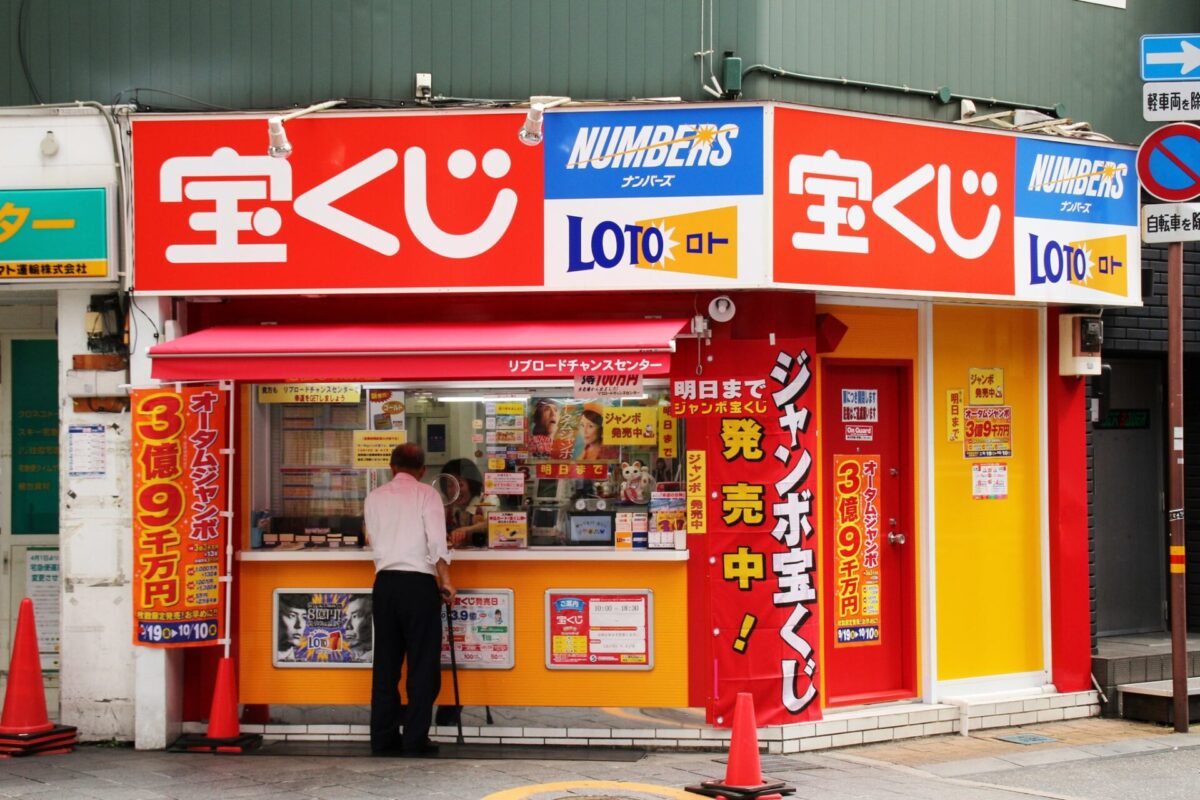

Believe it or not, there are several places said to have higher chances for winning the lottery in Tokyo on New Year’s Eve. Nishi-Ginza Chance Center, Shinbashi Station Karasumori Exit Takarakuji Lucky Center and Yurakucho Daikokuten Takarakuji Center are popular places that are known for having a higher chance of winning some big money.
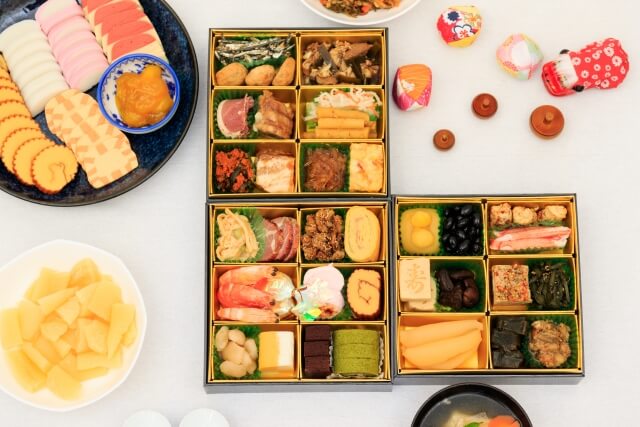

8. Get Osechi for New Year’s Day
Since New Year’s Day is a very important day for all Japanese people, they prepare for it very carefully. Osechi is a typical New Year’s feast with many kinds of food packed in jyūbako boxes (重箱). For example, there are certain foods that should be included in Osechi, such as kamaboko, datemaki, and kazunoko (herring roe), etc. As the New Year approaches, various markets and supermarkets start to sell these foods for osechi and many people go out to buy them in order to prepare the feast. They also buy tuna, sea bream, crab, and other luxurious foods, which fit the atmosphere of New Year’s celebrations.
If you stay at a ryokan or hotel, you will probably have the chance to eat a small osechi meal for breakfast. If you want to try a big osechi meal, department stores such as Shinjuku Isetan and Matsuzakaya in Tokyo offer gorgeous osechi sets which come perfectly prepared.
9. Enjoy the bustling atmosphere at Tsukiji Fish Market
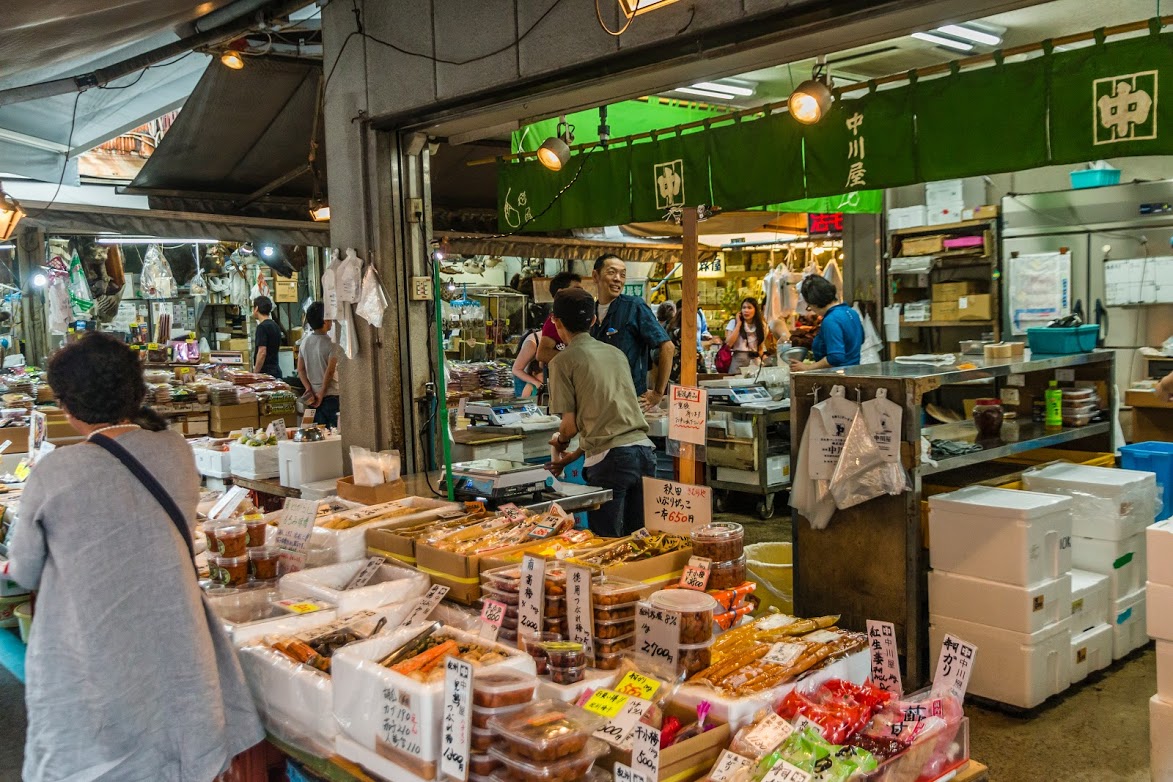

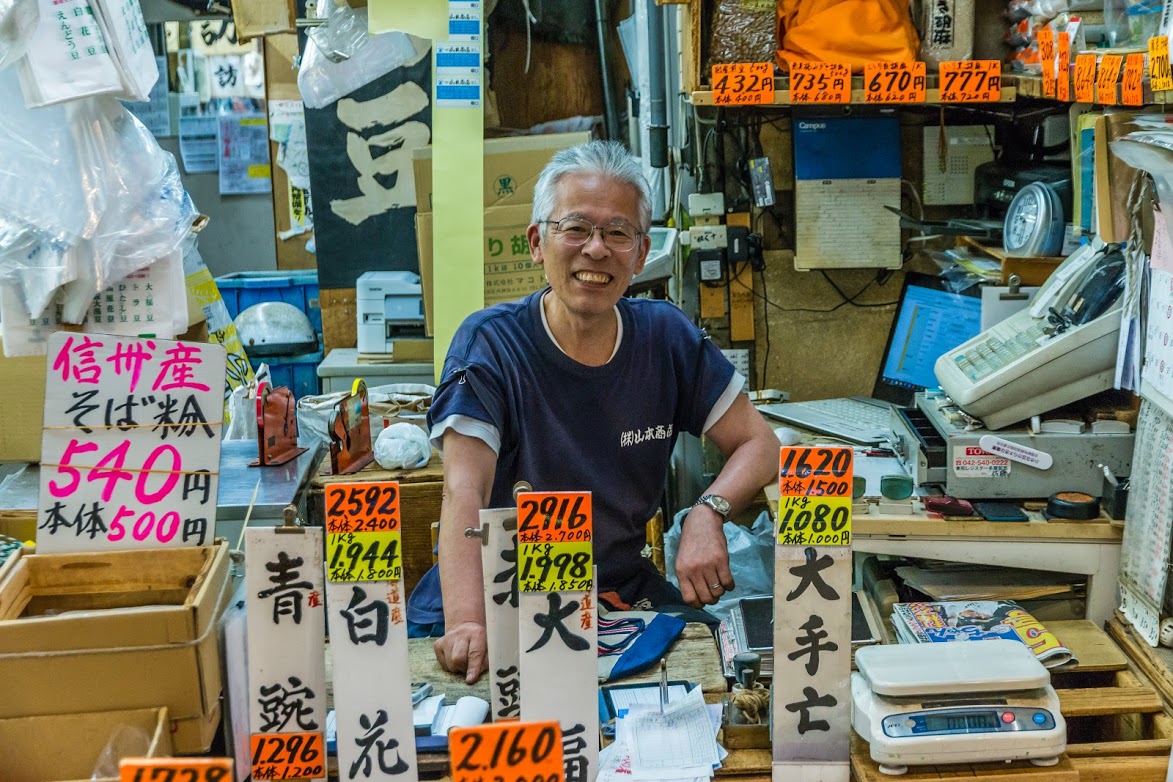

Tsukiji Outer Market is the center of culinary culture in Tokyo. The end of the year is one of the busiest times of the year for Tsukiji with people rushing into the market to prepare their big meals for the New Year holiday. If it’s your first time visiting Tsukiji and would like to explore with fewer people around, it’s probably best to visit the market before the middle of December before Christmas. Right after Christmas, people go into New Year’s mode, and the streets of Tsukiji Market are filled with people like rush hour on the train.
If you decide to visit Tsukiji at the end of December, it’s best to go in the early morning with the first train! Please note that on New Year’s Eve, some stores are closed or change their opening hours.
If you are interested in getting the real Tsukiji Experience, check out the link below!
Tokyo Tsukiji Fish Market Food and Culture Walking Tour
Join our Tsukiji Fish Market Tour for an authentic taste of Japanese cuisine in Tokyo. Indulge in street food and savor …
10. Listen to Joya no Kane (Ringing of the New Year’s Bell)
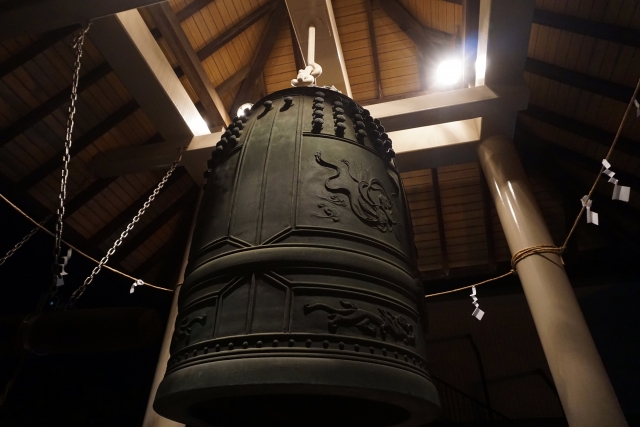

Joya no Kane (除夜の鐘) is a Buddhist event held at temples throughout Japan. The bell in the temple is struck exactly 108 times once midnight strikes. The kanji for “除” has the meaning of “throwing away the old and welcoming the new,” so it is a perfect event for New Year’s Eve and welcoming the new year. It is said that ringing the bell 108 times is to purge “klesha,” which are the 108 worldly desires. Bells are rung at temples all over Japan, and you can even strike the bells yourself at some places. However, some charge a fee or give out numbered tickets for ringing the bell, so it is better to check in advance.
In Tokyo, you can visit Zojoji temple in Roppongi which is one of the biggest bells in the Kanto region. To ring the bell, you need to pay and get a ticket beforehand. Araiyakushi Baishouin in Nakano City allows visitors to strike the bell until 2am for 500 yen. Honsenji in Shinagawa also allows visitors to strike the bell, but please respect the rules that state that you need to take off your hat, smartphones and cellphones are not allowed, and there is no-smoking in the temple.
11. Getting Ready for The First Sunrise
Watching the first sunrise of the year is called Hatsu-hinode, and it’s one of the popular activities on New Year’s Day in Japan. Many people go out and get ready to see the first sunrise from the night of New Year’s Eve. There are some great spots where you can see the stunning sunrise in Tokyo, and the most popular spot is Mt. Takao. From Shinjuku, you can get to Mt. Takao in less than an hour. Since it’s a very popular spot for the first sunrise, usually there’s a long line even after midnight to get to the top for the best view.
Tokyo Skytree is another popular spot to watch the first sunrise. Tokyo Skytree is the tallest structure in Tokyo (and the tallest “tower” in the world) and stands at 634 meters in height. At the observation deck, you can see the rising sun overlooking Tokyo! The special admission ticket on New Year’s Day is sold on a limited basis, so it’s best to get yours early.
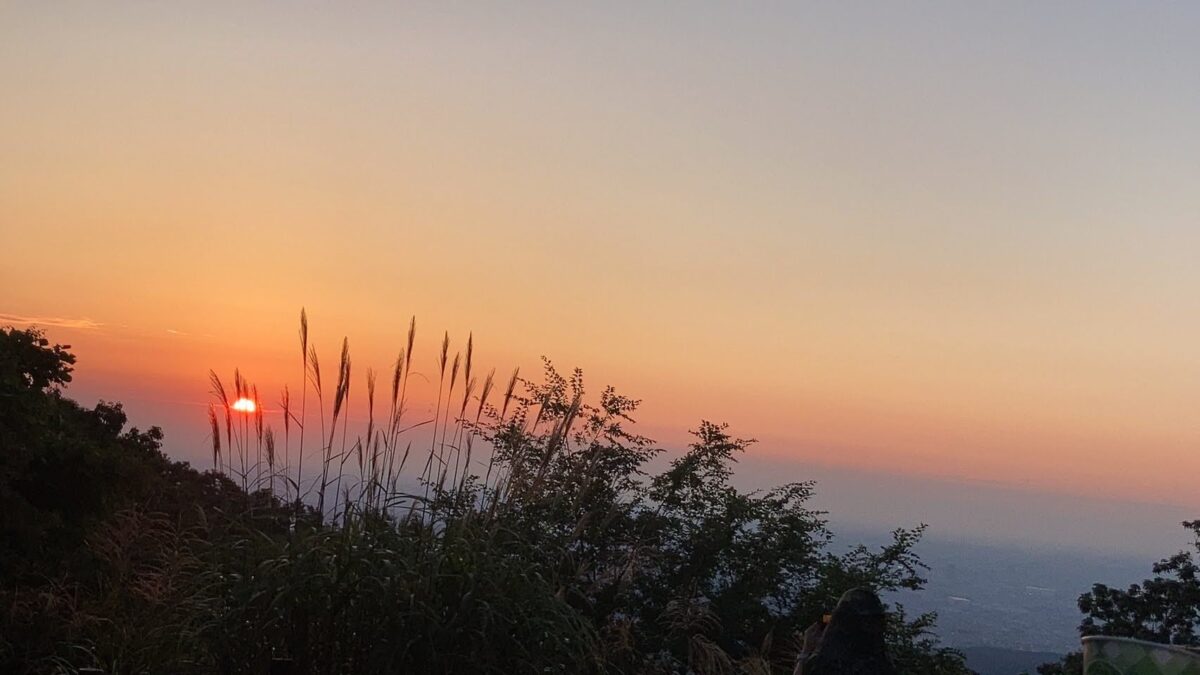

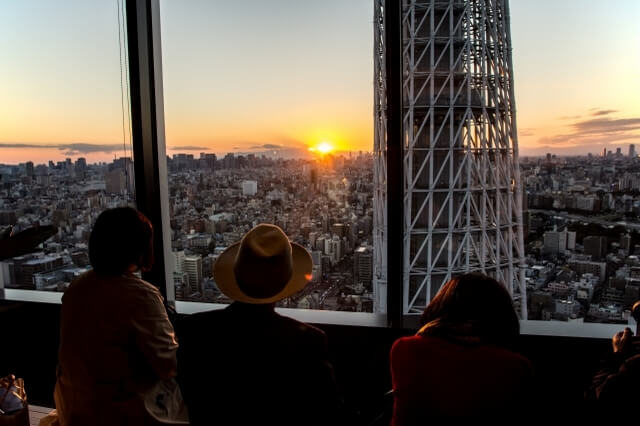

If you are willing to go a little bit further outside of Tokyo, Choshi City in Chiba is a great option as well. Cape Inubo is one of the best spots for watching the sunrise where you will catch the sun rising over the horizon.
Another day trip destination is Oarai Beach in Ibaraki which is known for the scenic view of the beautiful torii gate on the beach. This is a part of Oarai Isosaki Shrine, and it is also a popular spot for the sunrise view as well as hatsumode, a New Year’s tradition of visiting a shrine or temple.
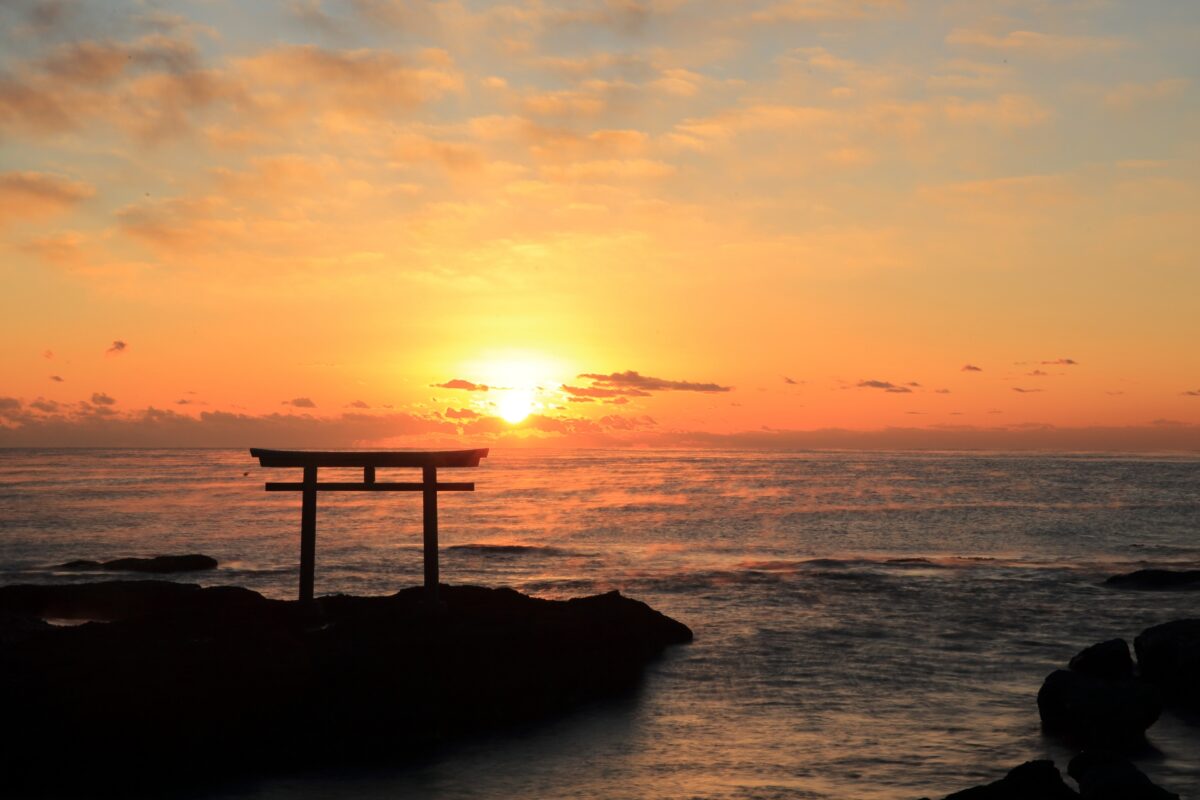

There are many events on New Year’s Eve that represent “leaving the old behind and preparing for the new”. New Year’s Eve is a very important day to welcome the New Year with joy. We hope you find your own favorite way to spend a special New Year’s Eve in Tokyo.
Kimono Rental for New Years
Wearing a kimono for New Year’s Day or New Year’s Eve is popular in Japan. While purchasing a kimono may come with a hefty price tag, fear not! Dive into the enchanting world of Japanese tradition with ease by renting a stunning kimono from Kimono Rental wargo.
Kimono Rental wargo is conveniently located in Asakusa, Tokyo. Immerse yourself in the true essence of Japanese culture to make your visit to Sensoji Temple, a quintessential New Year’s destination after being gracefully dressed by expert staff at the Asakusa shop.
Reserve your kimono experience here
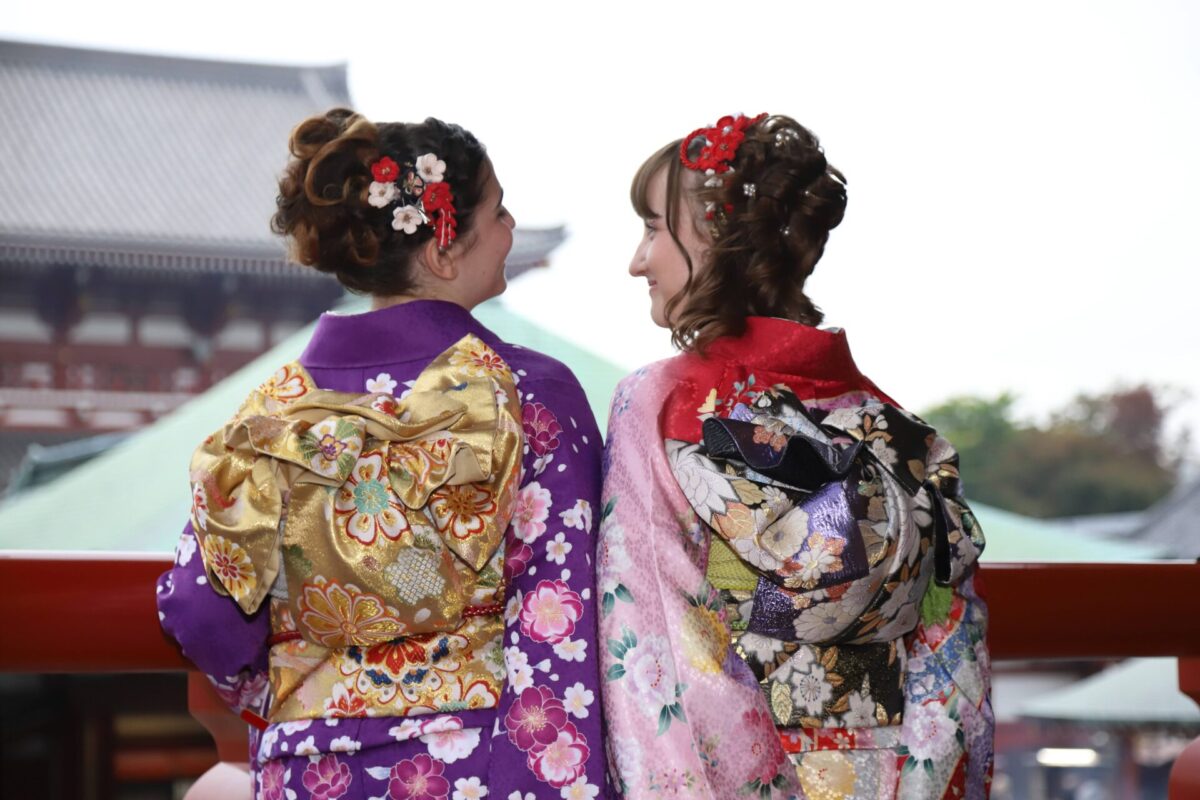

Japan Wonder Travel Tours in Tokyo
Japan Wonder Travel is a travel agency that offers guided tours throughout Japan.
From private walking tours to delicious Food and Drink tours, we can help organize the best tours just for you! If you want to explore Japan and learn more about the history and backstories of each area you are traveling in, our knowledgeable and friendly guides will happily take you to the best spots!
In addition, we can provide you with any assistance you may need for your upcoming trip to Japan, so please feel free to contact us if you have any questions or need some help!
▶Tokyo Tsukiji Fish Market Food and Drink Tour
Explore the most lively and popular fish market in Tokyo, where you will have the chance to try some of the local’s favorite street foods and sake along with your friendly English-speaking guide!


▶Tokyo 1–Day Highlights Private Walking Tour (8 Hours)
There’s no better way to explore an area than taking a tour with a knowledgeable local guide. You will have the chance to learn about the history and interesting background stories of Tokyo, as well as discover some hidden gems which can be hard to do without a guide.
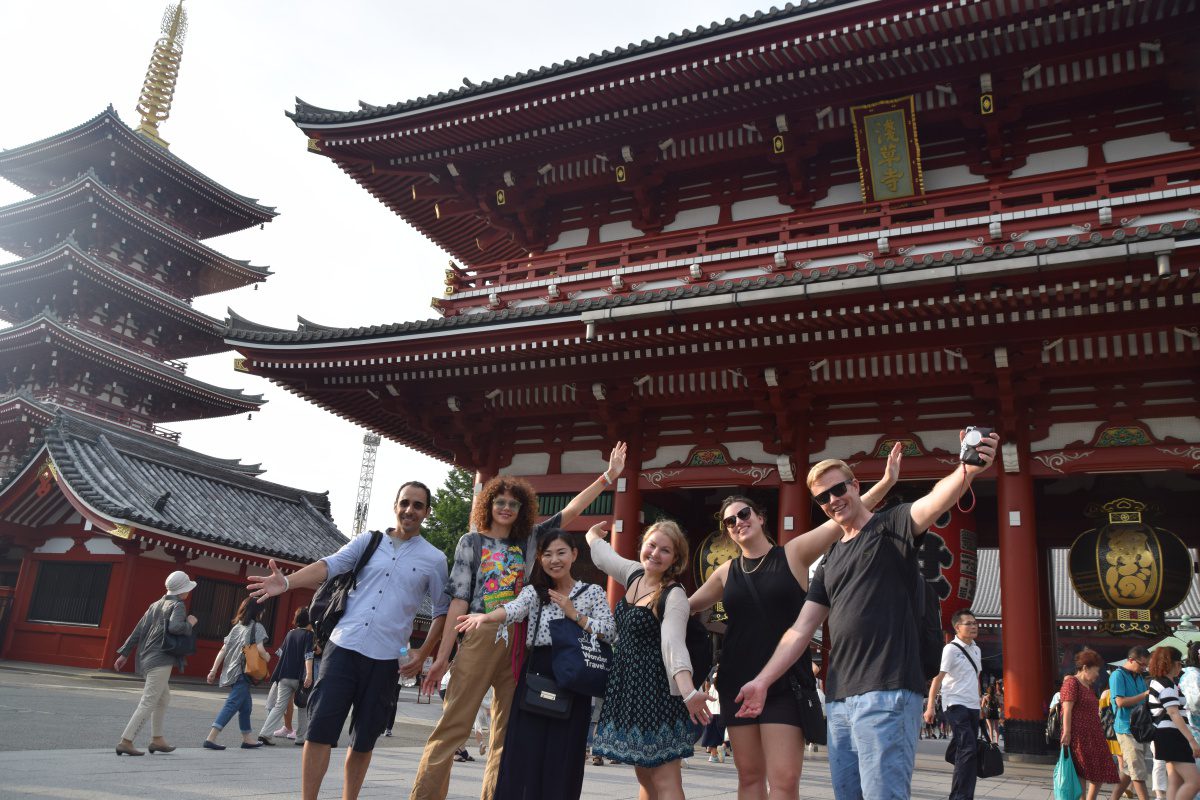

▶Shinjuku Bar Hopping Tour: Experience Tokyo’s Nightlife in Izakaya
Check out the best spots in Shinjuku while bar hopping through the lively and vibrant area. Try some delicious local food and drink as you explore the narrow yet photogenic alleys that the town has to offer. Experience Japanese izakaya culture and drink in Shinjuku like the locals!
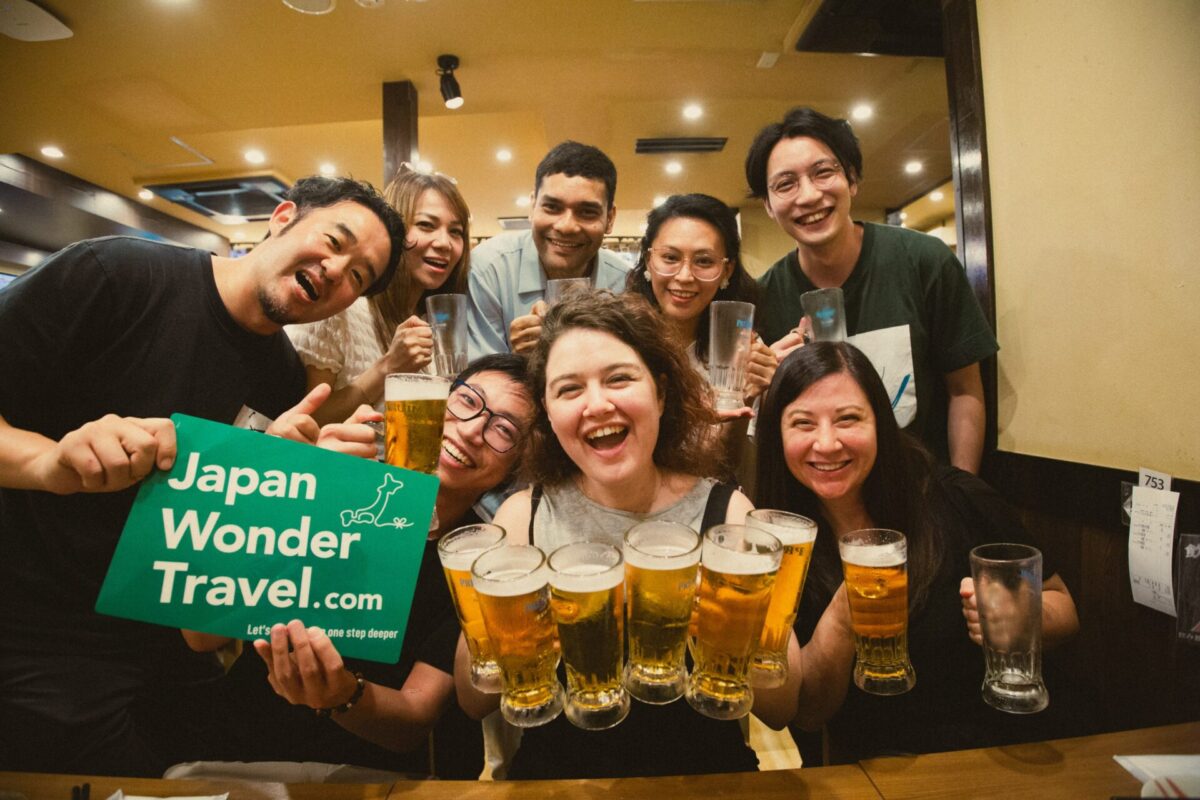

▶Kimono Experience in Tokyo
Step into the charm of the kimono, a beloved icon of Japanese tradition, ideal for festivals and wandering quaint streets. Asakusa offers the perfect setting to don your kimono and create cherished memories with picturesque backdrops. Let Kimono Rental Wargo dress you up for a day of delightful exploration in timeless style!
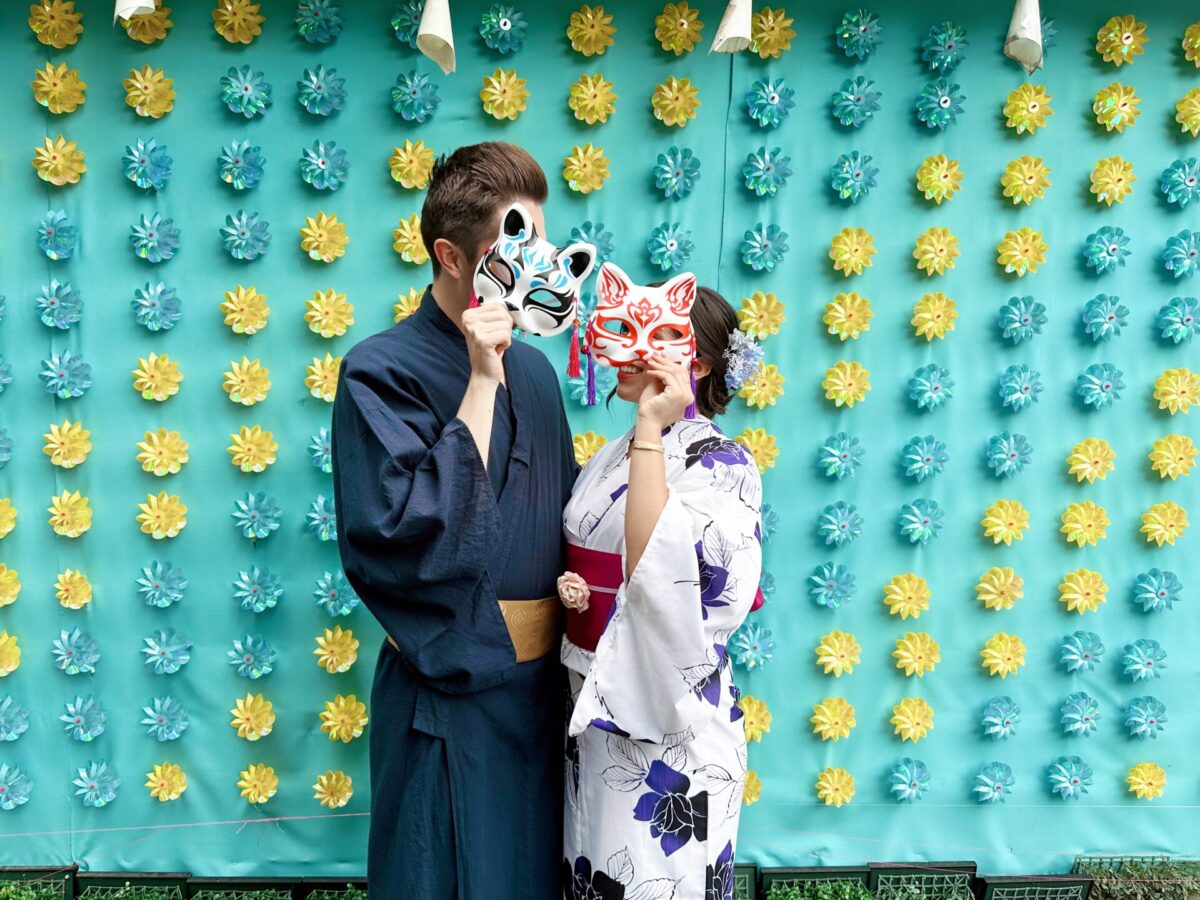

Follow us on Instagram, Facebook and Twitter for more travel inspiration. Or tag us to get featured!
Happy traveling!
Stay informed of the best travel tips to Japan, the most exciting things to do and see, and the top experiences to have with the Japan Wonder Travel Newsletter. Every week we will introduce you to our latest content.



